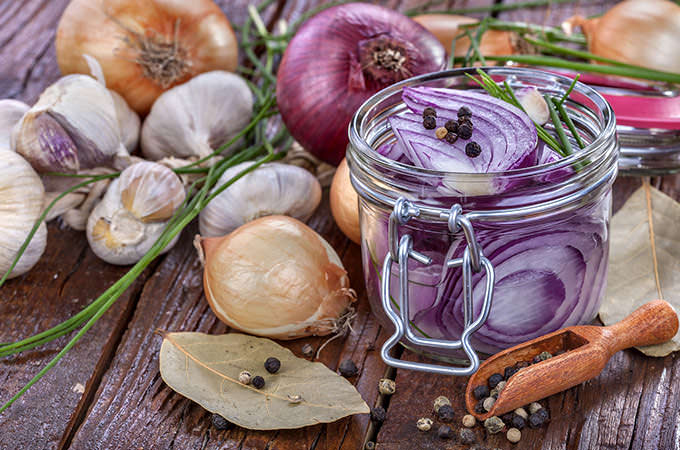
Most of us who cook don’t stop and think twice when we throw away garlic and onion skins, but as is the case with most fruits and veggies, skins contain the most nutrients even when they are papery and dry.
When it comes to garlic, the skin contains six antioxidants, among which mainly the phenylpropanoid antioxidants, which help prevent heart problems and fight the aging process.
Although onions do contain powerful antioxidants, their skins are actually richer in this regard and also contain quercetin, which is a flavonol that reduces blood pressure and prevents arterial plaque, in turn reducing the risk of stroke.
It should be noted that only the skins of organic onions and garlic should be used, otherwise the risks outweigh the benefits because you’d also be ingesting pesticides used to spray the conventional ones.
Steeping the skins in soupy dishes or sauces is the easiest way to incorporate them into your diet. You can toss them into the water to stew until the dish is cooked. At the end you can throw the skins away if you like, as most of the nutrients will have steeped into the dish anyway.

